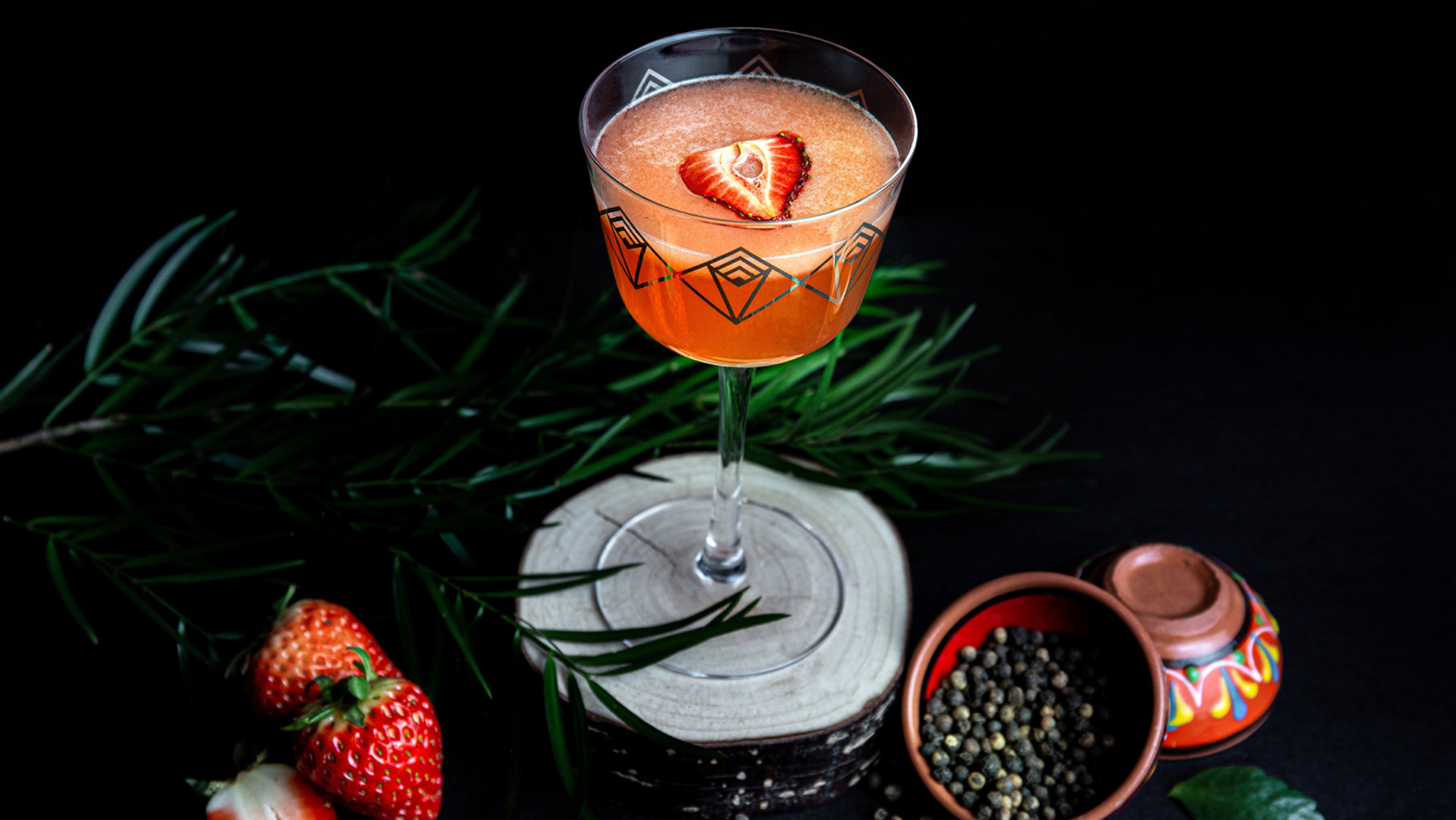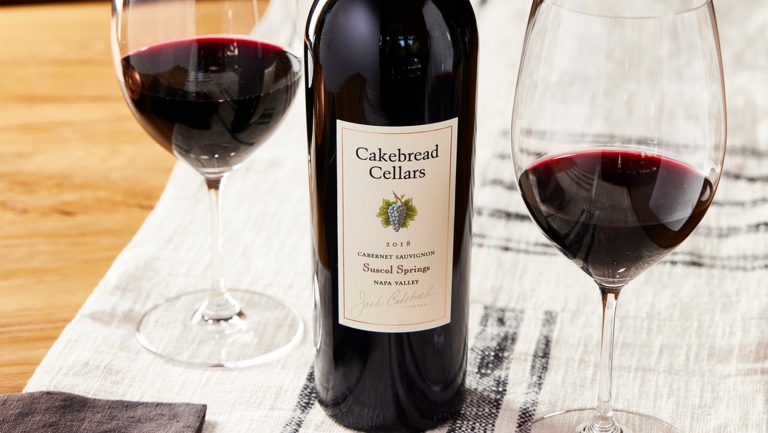Resort bar programs aren’t often known for their craft credentials. In exchange for lovely locales, guests often tolerate watery Margaritas, sugary-sweet Piña Coladas, and mass-produced wine—drinks designed to be cost efficient and easily served en masse.
A new wave of resort beverage directors, however, are paying closer attention to vacation drinks, bringing big city craft and quality to far-flung destinations. At Rosewood Mayakoba in Playa del Carmen, Mexico, bar director Joshua Monaghan is trying to rewrite vacation drink stereotypes. Guests can book a tasting of rare mezcals, order thoughtful Mexican wines, or drop into a pop-up hosted by a globally notable bar. At Grand Cayman’s Kimpton Seafire Resort and Spa, bartenders are employing lab-grade technology like rotovaps and centrifuges to execute high-concept cocktails in a casual, surfside environment.
As guest expectations shift and the benefit of a winning beverage program and its marketing potential outweighs the associated costs and labor, SevenFifty Daily speaks with the beverage directors and resort managers rethinking the resort drink.

Don’t miss the latest drinks industry news and insights. Sign up for our award-winning newsletters and get insider intel, resources, and trends delivered to your inbox every week.
The New Guard of Resort Bars
Take a look at the World’s 50 Best Bars list, and hotel bars, like The Connaught Bar in London or BKK Social Club in Bangkok’s Four Seasons Hotel, often win top honors. Resort bars, however, have rarely made these lists. In the past, guest expectations were low—drink quality was never a real draw to a destination. And with a captive market, innovation wasn’t a priority. That’s started to change.
“These days guests are looking for a hook,” says Jim Wrigley, the beverage director of Kimpton Seafire. With two decades of noteworthy experience in the bar industry, his appointment in 2019 demonstrated the resort’s commitment to its bar program. “In such a saturated market, why should they book one restaurant, resort, or hotel over the next? There’s also a higher number of culinary-informed clientele post-pandemic. They are looking for really interesting, unique culinary and cocktail experiences and escapes.”
Monaghan agrees: “In recent years, we’ve found guests have become more sophisticated; they’re asking for more unique drinking experiences.”
In step, many resorts are looking to elevate and earn more recognition for their beverage programs. Rosewood Mayakoba has brought in big names like New York’s Employees Only, Toronto’s Mother, and Mexico City’s Licoreria Limantour to host bar takeovers at the property’s Zapote Bar. In 2023, Zapote Bar placed 11th on North America’s 50 Best Bars list—the only resort bar to do so.
Kimpton Seafire Resort took over Milady’s in Manhattan this year to introduce New Yorkers to the property’s Library By The Sea cocktail lounge. The bar has also flown its staff to Mexico City, New Orleans, and the Bahamas to evangelize the property. This year, they plan to bring global bars down to the Caymans.
The Resort Bar as an Extension of Local Culture
Zapote Bar’s cocktail menu highlights indigenous Mexican ingredients like palo santo, xtabentún, and hoja santa. Their house margarita is made with Casa Dragones tequila, local soursop juice, lemongrass, lime, and chili salt. “Mexico’s craft cocktail culture is continuing to gain recognition, largely thanks to the amazing bars in Mexico City earning top awards,” says Monaghan, who has worked pop-ups at both Licoreria Limantour and Hanky Panky. “It’s putting more recognition on our ingredients and culture outside vacation drinks.”
In Hawai’i, Timbers Kaua’i pushes local ingredients on the cocktail menu at its restaurant, Hualani’s, ensuring each drink offers a connection with the culture. “We add unexpected local twists to traditional cocktails, like a Hawaiian Painkiller made with Kōloa Coconut Rum [produced on Kaua’i], mango, and a Li Hing Mui rim,” says Cory Dotario, the food and beverage director. “This interest encourages guests to learn more about the local culture and the regional cuisine.”
Dotario adds, “We have found that more and more guests are genuinely invested in understanding where our produce is sourced and how crops are connected to the land.”

The Challenge of Staffing and Sourcing Ingredients
In remote locations, sourcing quality international ingredients for a resort bar can be tricky, often dictated by trucks or boat schedules. Monaghan’s solution is to rely on local Mexican ingredients and make his own liqueurs, like a Cointreau-style orange liqueur from citrus grown on the property. To amplify what’s available, he’s invested in technical tools: centrifuges, rotary evaporators, dry ice machines, and fermentation chambers.
Potato Head in Seminyak, Bali, also makes its own fruit liqueurs, and Kimpton Seafire Resort owns a lab of gadgets, including 3D printers and a Thermomix. In the lab, bartenders have made their own pear eau-de-vie, cassis, menthe, and absinthe.
Wrigley finds that the investment in elevating a bar program aids him beyond guest experience—it has helped solve staffing issues. “Staffing is a global issue right now,” says Wrigley. “We’ve found that investing in quality work program initiatives—like training, development and education programs; investing in individual team members; and bringing in global speakers and mentors—is a huge deciding factor for potential bar employees.” He adds: “It’s also really helping retain and develop our existing staff. The staff feel positive.”
Bar programs like these are expensive. At Four Seasons Whistler, beverage director Ujjawal Khatkar notes he has access to a full marketing team to complement and amplify his beverage program. “We’re able to run with amazing collaterals—photography, graphic designers who work on our cocktail glasses—they contribute to the success of these cocktail programs,” says Khatkar. “These families have been to the best resorts in Switzerland, Europe, America—they have high expectations.”
But for property operators, these programs are seen as a worthwhile investment. According to a recent report from Technavio, the food tourism market is expected to grow by $126 billion by 2027. Of leisure travelers, 53 percent consider themselves “culinary travelers” and prioritize food and drink in their decision-making processes, according to the World Food Travel Association.
“We’ve had many guests book their next visit to the island to coincide with the release of our new menu,” says Wrigley. “Several guests even ask for email updates when we add new additions to our vintage spirits list.”

Dispatch
Sign up for our award-winning newsletter
Don’t miss the latest drinks industry news and insights—delivered to your inbox every week.
By day, Kate is a writer, editor, and photographer covering the intersection between spirits, business, culture, and travel. By night, she’s a WSET-trained working sommelier at one of the top restaurants in Canada. She writes about strong drinks and nice wines for Forbes.com, Wine Enthusiast, Vogue, Maxim, InsideHook, People Magazine, Southern Living, Liquor.com, and The Toronto Star.






